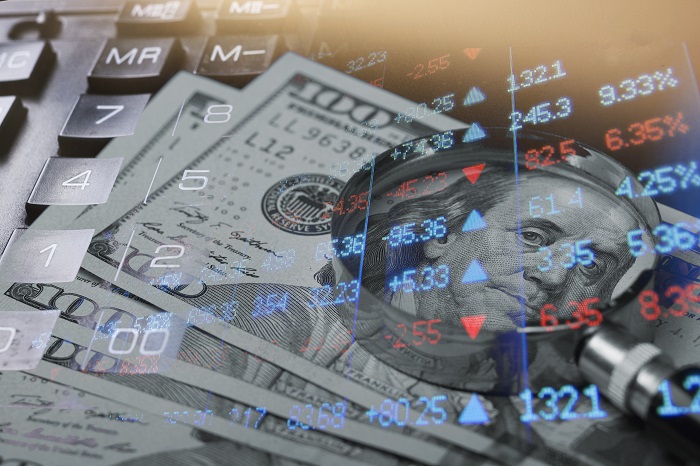 |
 Video: What is a Stock Split? Video: What is a Stock Split?
|
 |
|
| Diebold Nixdorf is engaged in enabling Connected Commerce™. Co. automates, digitizes and transforms the way people bank and shop. Co.'s integrated solutions connect digital and physical channels for consumers each day. Co.'s segments are: Banking and Retail. Co. provides integrated solutions for financial institutions of various sizes. Services represents the main operational component of Co. and includes product-related services, implementation services and managed services. Co.'s portfolio of retail solutions, software and services improves the checkout process for retailers. The retail product portfolio includes modular and integrated, all-in-one point of sale and self-service terminals. According to our DBD split history records, Diebold Nixdorf has had 6 splits. | |
 |

Diebold Nixdorf (DBD) has 6 splits in our DBD split history database. The first split for DBD took place on February 04, 1985. This was a 3 for 2
split, meaning for each 2
shares of DBD owned pre-split, the shareholder now owned 3 shares. For example, a 1000 share position pre-split, became a 1500 share position following the split. DBD's second split took place on April 19, 1985. This was a 7 for 6
split, meaning for each 6
shares of DBD owned pre-split, the shareholder now owned 7 shares. For example, a 1500 share position pre-split, became a 1750 share position following the split. DBD's third split took place on March 01, 1993. This was a 3 for 2
split, meaning for each 2
shares of DBD owned pre-split, the shareholder now owned 3 shares. For example, a 1750 share position pre-split, became a 2625 share position following the split. DBD's 4th split took place on February 23, 1994. This was a 3 for 2
split, meaning for each 2
shares of DBD owned pre-split, the shareholder now owned 3 shares. For example, a 2625 share position pre-split, became a 3937.5 share position following the split. DBD's 5th split took place on February 26, 1996. This was a 3 for 2
split, meaning for each 2
shares of DBD owned pre-split, the shareholder now owned 3 shares. For example, a 3937.5 share position pre-split, became a 5906.25 share position following the split. DBD's 6th split took place on February 20, 1997. This was a 3 for 2
split, meaning for each 2
shares of DBD owned pre-split, the shareholder now owned 3 shares. For example, a 5906.25 share position pre-split, became a 8859.375 share position following the split.
When a company such as Diebold Nixdorf splits its shares, the market capitalization before and after the split takes place remains stable, meaning the shareholder now owns more shares but each are valued at a lower price per share. Often, however, a lower priced stock on a per-share basis can attract a wider range of buyers. If that increased demand causes the share price to appreciate, then the total market capitalization rises post-split. This does not always happen, however, often depending on the underlying fundamentals of the business.
Looking at the DBD split history from start to finish, an original position size of 1000 shares would have turned into 8859.375 today. Below, we examine the compound annual growth rate — CAGR for short — of an investment into Diebold Nixdorf shares, starting with a $10,000 purchase of DBD, presented on a split-history-adjusted basis factoring in the complete DBD split history.

Growth of $10,000.00
Without Dividends Reinvested
|
| Start date: |
08/14/2023 |
|
| End date: |
04/16/2024 |
|
| Start price/share: |
$20.57 |
|
| End price/share: |
$33.18 |
|
| Dividends collected/share: |
$0.00 |
|
| Total return: |
61.30% |
|
| Annualized Gain: |
90.96% |
|
| Starting investment: |
$10,000.00 |
|
| Ending investment: |
$16,130.00 |
|
| Years: |
0.67 |
|
|
 |
| Date |
Ratio |
| 02/04/1985 | 3 for 2
| | 04/19/1985 | 7 for 6
| | 03/01/1993 | 3 for 2
| | 02/23/1994 | 3 for 2
| | 02/26/1996 | 3 for 2
| | 02/20/1997 | 3 for 2
|
|
 |

